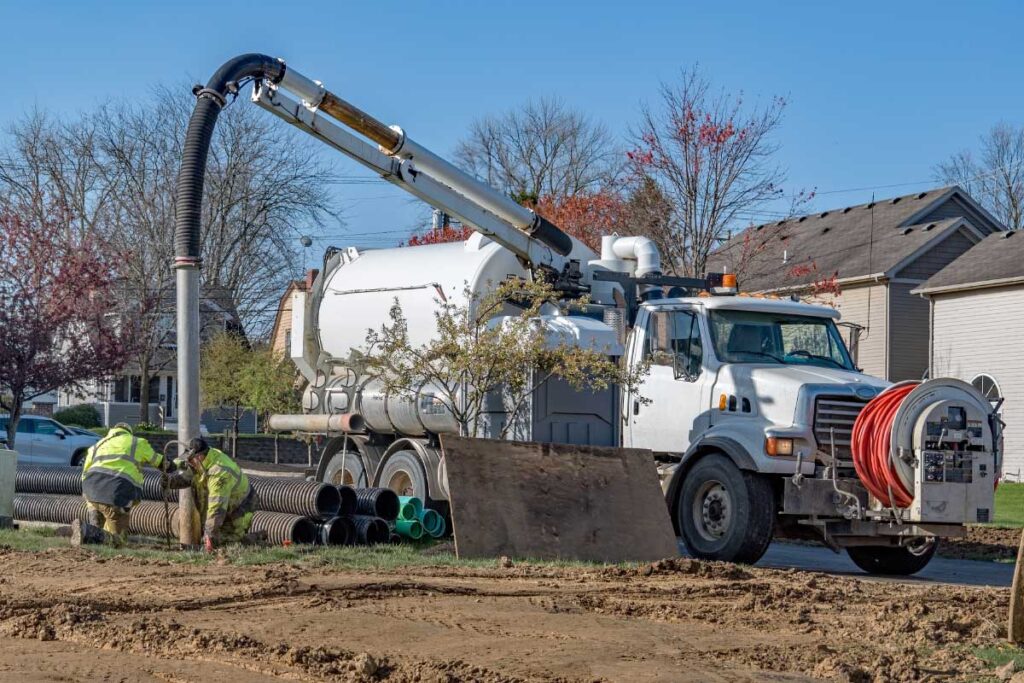The field service industry is no stranger to change, and in 2024, the integration of augmented reality (AR) technology is reshaping the way organizations provide remote support to their field service technicians. AR is becoming a powerful tool for enhancing problem-solving, improving efficiency, and reducing downtime. In this blog, we will delve into how AR technology is revolutionizing remote assistance and its transformative impact on field service in 2024.
The Challenge of Remote Support
Field service technicians often face complex and challenging maintenance and repair tasks, which occasionally require expert guidance or specialized knowledge. Traditionally, remote support was delivered through phone calls, emails, or video conferences. However, these methods have limitations:
- Communication Barriers: Explaining problems or procedures over the phone can be challenging, leading to misunderstandings or misinterpretations.
- Limited Visual Context: Video calls provide some visual context, but they may not offer a comprehensive view of the issue or equipment.
- Delayed Problem Solving: Relying on verbal descriptions and 2D images may lead to delays in diagnosing and solving issues.
The Emergence of AR Remote Assistance
Augmented reality, a technology that overlays digital information and virtual objects onto the real world, offers a dynamic solution to these challenges. In 2024, AR is transforming remote assistance in field service in the following ways:
- Real-Time Visual Assistance: AR allows field service technicians to share their real-time view of a problem through smart glasses or AR-equipped devices. Remote experts can see exactly what the technician sees, providing context for precise guidance.
- Annotation and Highlighting: Remote experts can annotate the technician’s view by adding visual cues, highlighting critical components, or drawing instructions directly in the technician’s field of vision.
- Hands-Free Operation: AR devices enable hands-free operation, allowing field service technicians to perform tasks while receiving instructions. This improves multitasking and efficiency.
- Remote Expert Collaboration: AR remote assistance platforms often facilitate collaboration among multiple remote experts, ensuring that complex issues receive the best expertise.
How AR Remote Assistance Works
AR remote assistance leverages a combination of hardware and software to provide seamless support:
- AR Devices: Field service technicians wear AR glasses or use AR-equipped smartphones or tablets to capture and transmit their view to remote experts.
- Real-Time Video: The AR device captures and streams live video, enabling remote experts to see exactly what the technician sees.
- Overlay Information: Remote experts can overlay helpful information, such as step-by-step instructions, 3D models, or digital annotations onto the technician’s view.
- Communication: Two-way communication between the technician and remote experts allows for real-time interaction, questions, and clarifications.
Benefits of AR Remote Assistance in Field Service
AR remote assistance in 2024 offers numerous advantages to field service organizations:
- Efficient Problem Solving: The ability to see and interact with the issue in real time speeds up problem-solving and diagnosis.
- Reduced Downtime: Faster issue resolution means less downtime for equipment and operations, leading to increased productivity.
- Enhanced Training: AR remote assistance can also serve as a training tool, allowing junior technicians to learn from experts’ guidance.
- Lower Costs: By reducing travel and dispatching fewer on-site experts, organizations can cut down on operational costs.
- Improved Customer Satisfaction: Timely problem resolution and efficient service contribute to better customer experiences.
The Future of AR Remote Assistance
In 2024 and beyond, the future of AR remote assistance holds even more promise. Anticipated advancements include:
- Wider Adoption: As AR devices become more affordable and user-friendly, their adoption is expected to increase across field service organizations.
- Integration with AI: AI algorithms can enhance AR by providing context-aware recommendations and predictive insights to remote experts and field technicians.
- 3D Models and Interactive Manuals: AR can be used to create interactive 3D models and manuals that technicians can access in real time, offering in-depth guidance.
- Enhanced Security: AR remote assistance platforms are likely to invest in enhanced security to protect sensitive data and ensure safe communication.
In 2024, augmented reality is transforming remote assistance in field service management, offering real-time visual support, efficient problem-solving, and reduced downtime. IFS.ai supercharges IFS Cloud for your Industry. IFS.ai offers AR remote assistance which is changing the way field service organizations approach complex tasks, saving time, lowering costs, and improving overall service quality. As technology continues to advance, organizations that embrace AR will stay at the forefront of the field service industry, delivering faster, more efficient support for their technicians and customers.
At Gogh Solutions we specialize in IFS Cloud for Service Management (FSM) application implementations and work with some of the biggest organizations across multiple industries. Our goal is to provide our clients with the tools and resources they need to unlock the full potential of their IFS FSM solution. Contact us to find out how Gogh Solutions can drive your successful IFS Service implementation.








